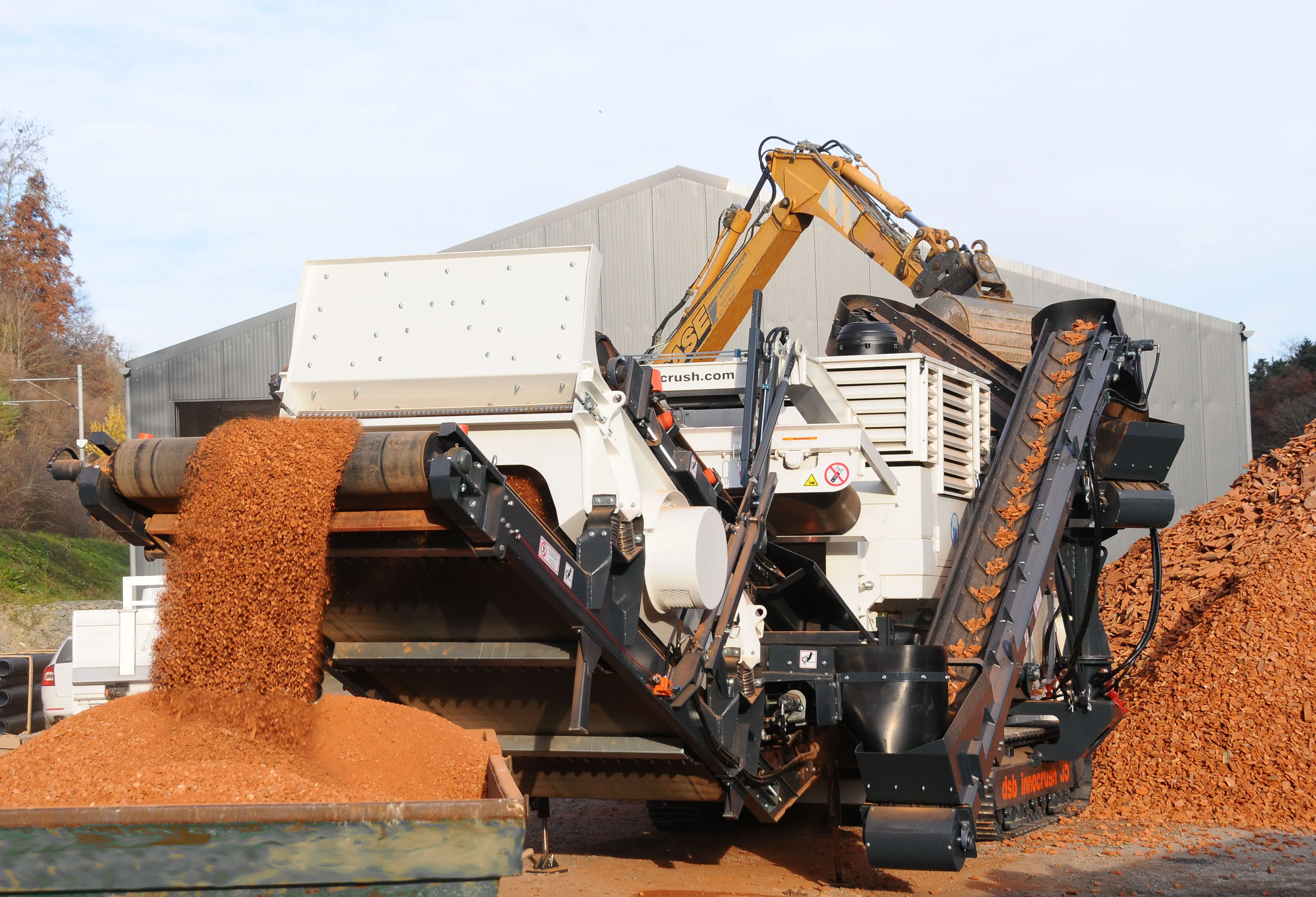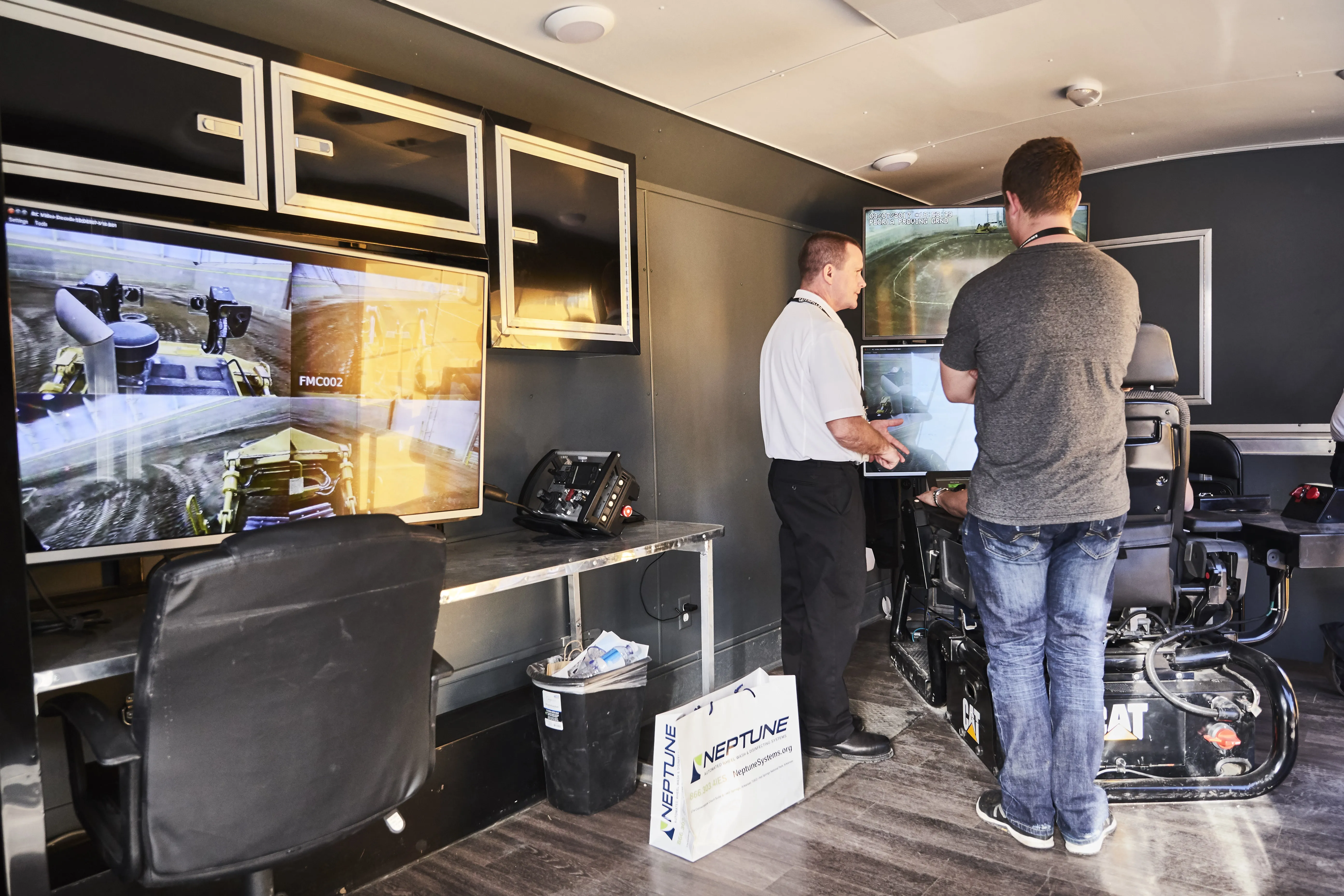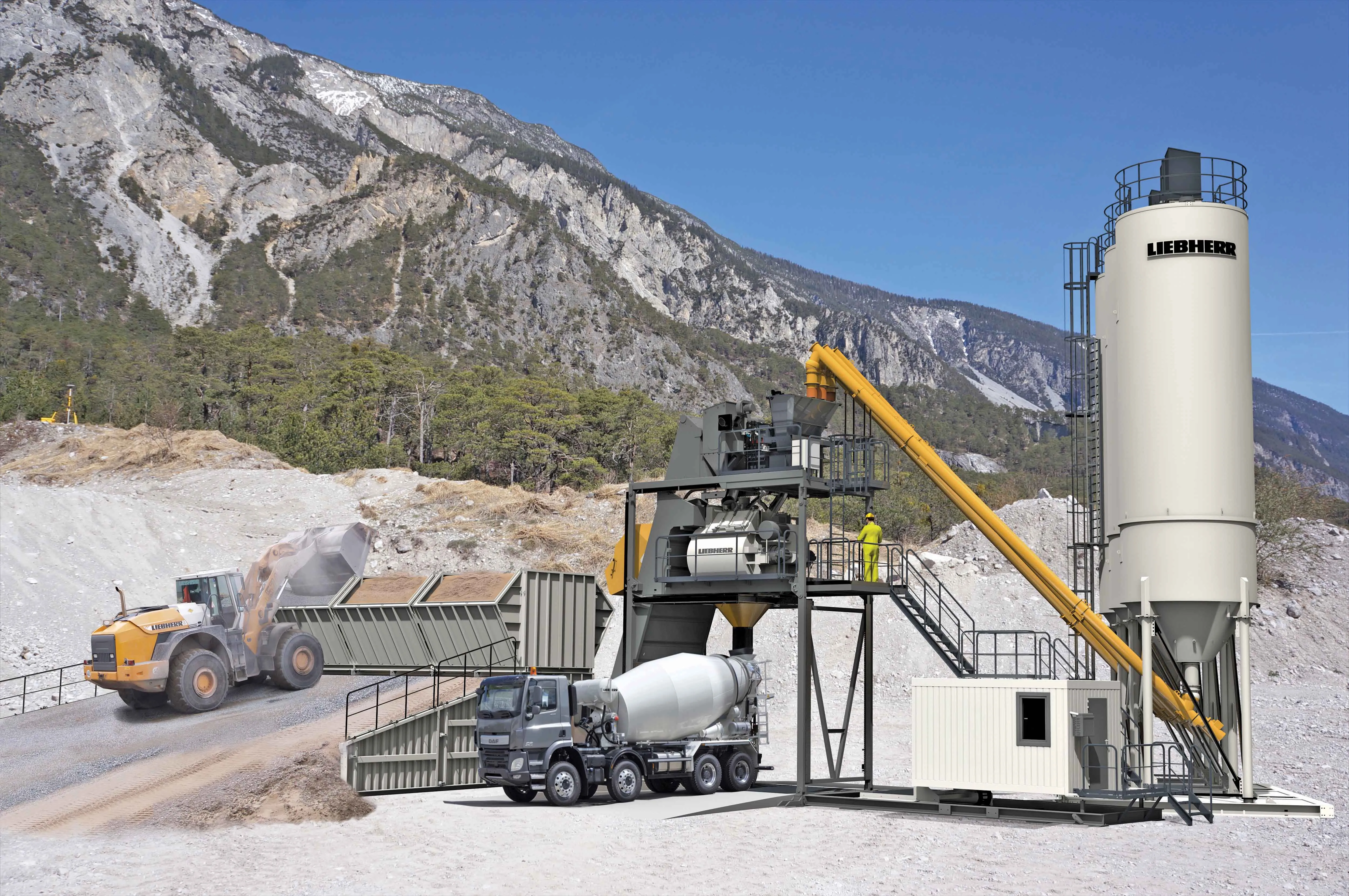Austrian manufacturer of mobile crushing and screening machines, dsb Maschinenbau, is introducing a new dsb Innocrush machine. The company’ relaunch of the Innocrush 35 machine includes a screenbox IS2, while the hydraulically opening engine package will be wider. The company’s Innodrive system, the innovative drive concept without a clutch, is now installed as standard in all dsb machines. “We also found out that the main conveyor belt of the Innocrush 35 will now be longer and steeper, which naturally has
March 16, 2016
Read time: 2 mins

Austrian manufacturer of mobile crushing and screening machines, dsb Maschinenbau, is introducing a new dsb Innocrush machine.
The company’ relaunch of the Innocrush 35 machine includes a screenbox IS2, while the hydraulically opening engine package will be wider. The company’s Innodrive system, the innovative drive concept without a clutch, is now installed as standard in all dsb machines.
“We also found out that the main conveyor belt of the Innocrush 35 will now be longer and steeper, which naturally has a positive effect on the discharge height,” says the company.
“In general the machines will be executed straight-lined and tidy and there will be one or the other new features.”
Dieter Durstmüller, general manager of dsb Maschinenbau in Linz, Austria, says: “We listen carefully when customers report their operations and thereby provide inputs and suggestions on what would be necessary, useful or helpful to the existing valuable features.
“It makes no sense to design a machine on the drawing board: it’s about buliding powerful crushers, which are easy to use and meet exact the customer’s requirements.
“Even with the current development, our focus was clear: functional design, highest output
“An industrial designer was instructed with a design study in order to give the machine a new look. The brief was: simple and clear. The design should not hide, but usefully supplement and summarise clear functional units of design technology.”
The company’ relaunch of the Innocrush 35 machine includes a screenbox IS2, while the hydraulically opening engine package will be wider. The company’s Innodrive system, the innovative drive concept without a clutch, is now installed as standard in all dsb machines.
“We also found out that the main conveyor belt of the Innocrush 35 will now be longer and steeper, which naturally has a positive effect on the discharge height,” says the company.
“In general the machines will be executed straight-lined and tidy and there will be one or the other new features.”
Dieter Durstmüller, general manager of dsb Maschinenbau in Linz, Austria, says: “We listen carefully when customers report their operations and thereby provide inputs and suggestions on what would be necessary, useful or helpful to the existing valuable features.
“It makes no sense to design a machine on the drawing board: it’s about buliding powerful crushers, which are easy to use and meet exact the customer’s requirements.
“Even with the current development, our focus was clear: functional design, highest output
“An industrial designer was instructed with a design study in order to give the machine a new look. The brief was: simple and clear. The design should not hide, but usefully supplement and summarise clear functional units of design technology.”









